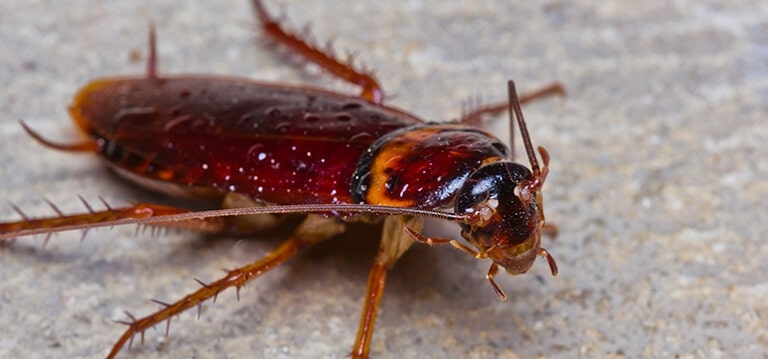
5 FACTS ABOUT COCKROACHES YOU MUST KNOW
Published on December 8, 2020 at 10:52 AM by FACE OF MALAWI
Cockroaches are extremely resilient pests. Once they have invaded your home it can be difficult to get rid of them.
Understanding how they behave is the first step to getting rid of them and can also help you manage roach prevention. Let’s look at 5 of the most important facts, below!
1. COCKROACHES ARE SOCIAL CREATURES
If you’ve found a roach in your home, chances are, it’s not alone. Its likely there’s a larger population nearby. Cockroaches are social creatures. A young roach left to mature on its own will suffer from “isolation syndrome” – it will have a more difficult time becoming a part of a roach community later on in life and finding a mate.
This is unusual because roaches are typically good at communicating with one another, using chemicals called cuticular hydrocarbons.
These chemicals are expressed on roach bodies and sometimes in faeces left behind by one roach to alert another roach to a travel path.
Cockroaches also use these chemicals to communicate as a group about the best place to hide for the day or to distinguish a brother or sister. In fact, not only do cockroaches live in large communities, they also tend to live among multiple generations of family members, but avoid mating with relatives, unlike some other insects.
2. COCKROACHES ARE ONE OF THE MOST RESILIENT PESTS
They can go without food, water, and their heads. Roaches can go for 1-3 months without food. And they can live up to a week without water or their heads. They could actually live longer without their heads but the absence of their mouth leaves them unable to eat or drink.
So just because kitchen looks clean doesn’t mean that you are out of the woods just yet. Cockroaches can survive for up to 3 months without eating as long as there is water and warmth. In the meantime, they move around looking for damp, dark, wet places to hide.
3. COCKROACHES TRIGGER ASTHMA
Cockroaches don’t merely make you squirm in disgust – they can also make you sick. After picking up germs and bacteria in places like bathrooms, garbage dumps and sewers, cockroaches then carry those contaminants to food storage and prep areas in the home like kitchen tops, spreading such undesirable things such as E. coli, salmonella and parasitic worms.
This is why you should not eat food touched by roaches. Meanwhile, a host of studies indicate that cockroaches trigger asthma symptoms, especially in children.
4. COCKROACHES SCAVENGE
Cockroaches will eat just about anything. In sewers, cockroaches feed on waste; in forests, they consume dead trees.
In houses and apartments, cockroaches first pursue things like soap, cheese, meat, baked foods and sweets, but they also eat cardboard, glue, book bindings and even human fingernails and toenails.
They have also been known to eat other dead and crippled cockroaches when food supplies are low.
5. COCKROACHES MULTIPLY TOO FAST
The cockroach is one of the most common household pests. A female roach will live, on average, for six months. But during that time, she can have anywhere from 180 to 320 offspring. If her offspring also multiply at a similar rate, which they will, a roach infestation can quickly build into thousands.
Cockroaches are one of the most highly adaptable pests on earth which makes them extremely difficult to control or eliminate.
However a clean home and regular pest control is the most effective way to keep cockroaches out of your home. Once a cockroach moves in, it invites others, hatches eggs and soon after you have a full blown infestation.
If you suspect you have a cockroach infestation, contact pest control professionals for help. TPC is one pest control expert you can trust. We provide you with a thorough evaluation and appropriate treatment and prevention plan.
Source:Terminate & Paste Control Services


